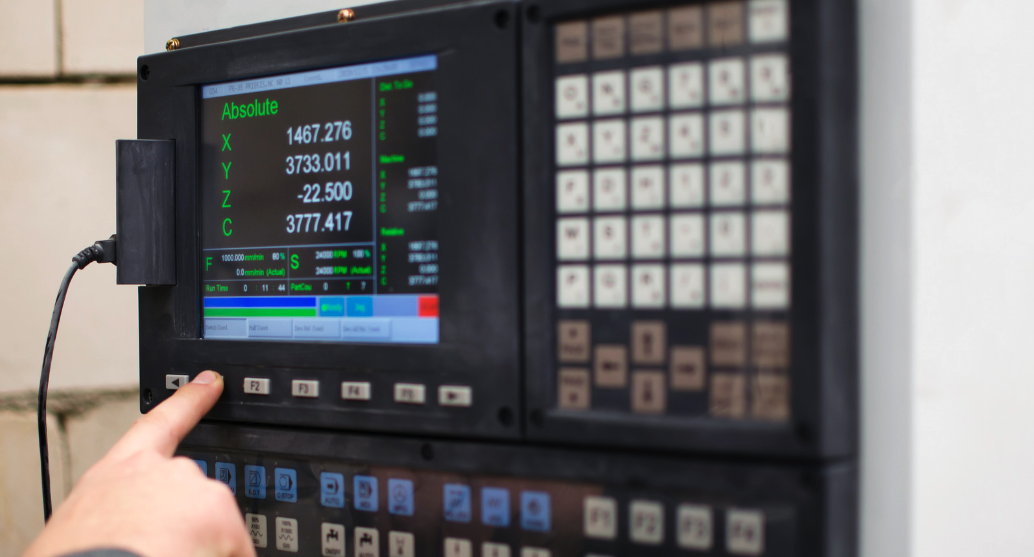What are HMI (human machine interface) touch panels?
by Quotebeam Team
Dec 21, 2023

Exploring the intriguing world of Human-Machine Interface (HMI) touch panels today—a deep dive into the technology shaping the way industries operate. Let's uncover the practical wonders of seamless human-machine interaction as we delve into the heart of HMI touch panels and explore their transformative impact on modern industrial landscapes.
What is HMI?
In the realm of Human-Machine Interface (HMI), its core components drive industrial operations. Central to HMI are intuitive touch screens, serving as the primary interface for operators to navigate and control machinery with precision. These touch screens enable real-time process monitoring and quick responses to changing conditions, surpassing traditional interfaces in efficiency.
Customizable interfaces are a defining feature of HMI, tailored to meet the specific needs of diverse industries. This adaptability enhances user experience and reflects HMI's capacity to address the unique challenges posed by various industrial processes. This customization not only boosts operational efficiency but also underscores HMI's flexibility in accommodating the distinct requirements of different sectors.
Beyond physical components, HMI converts complex data into accessible insights, empowering operators to shift from passive observation to proactive decision-making. This optimization ensures the seamless functioning of industrial systems through informed and timely interventions. As industries advance into an era of automation, HMI stands as a practical instrument symbolizing the integration of human intuition and machine precision—a force propelling industrial excellence. 💡🌐
The Human-Machine Interface (HMI) Touch Screen
These touch panels are not just surfaces; they are portals into a new era of intuitive, hands-on control systems. The transition from traditional interfaces to HMI touch screens is reshaping how we interact with and oversee industrial processes.
What is HMI for and what are its benefits?
Human-Machine Interface (HMI) serves as the essential bridge between human operators and complex machinery, facilitating not only control but also real-time monitoring and decision-making. Its significance lies in seamlessly integrating these elements, transforming raw data into clear, actionable insights that enhance operational efficiency and redefine the way industries approach automation.
- Streamlined Control: HMI touch panels simplify the intricate dance of control in industrial processes. With a simple touch, operators can navigate through functions, making real-time adjustments effortlessly.
- Enhanced Visualization: A standout feature of HMI is its ability to transform raw data into visually appealing, easy-to-interpret graphics. 📊 This facilitates real-time monitoring and elevates decision-making.
- Improved Efficiency: The intuitive nature of HMI touch screens reduces the learning curve for operators, resulting in quicker response times, heightened productivity, and a streamlined workflow.
- Remote Accessibility: In our interconnected world, the ability to monitor and control processes remotely is a necessity. HMI touch panels empower operators to take the reins from virtually anywhere, ensuring timely intervention when required.
- Diagnosis and Troubleshooting: HMI systems provide real-time feedback and diagnostics, empowering operators to identify and address issues promptly. This proactive approach minimizes downtime, contributing to a more resilient and reliable operation.
- Customization Options: Recognizing the diverse needs of industries, HMI touch panels offer customizable interfaces, tailoring systems to specific requirements. This enhances user experience and contributes to overall functionality.
In essence, Human-Machine Interface (HMI) touch panels redefine industrial interaction. With intuitive touch screens and customizable interfaces, HMI optimizes control, monitoring, and decision-making. Beyond physical components, HMI transforms data into actionable insights, empowering operators for informed interventions. As industries advance, HMI stands as a practical force, integrating human intuition with machine precision to drive industrial excellence into the future. 💡🌐
